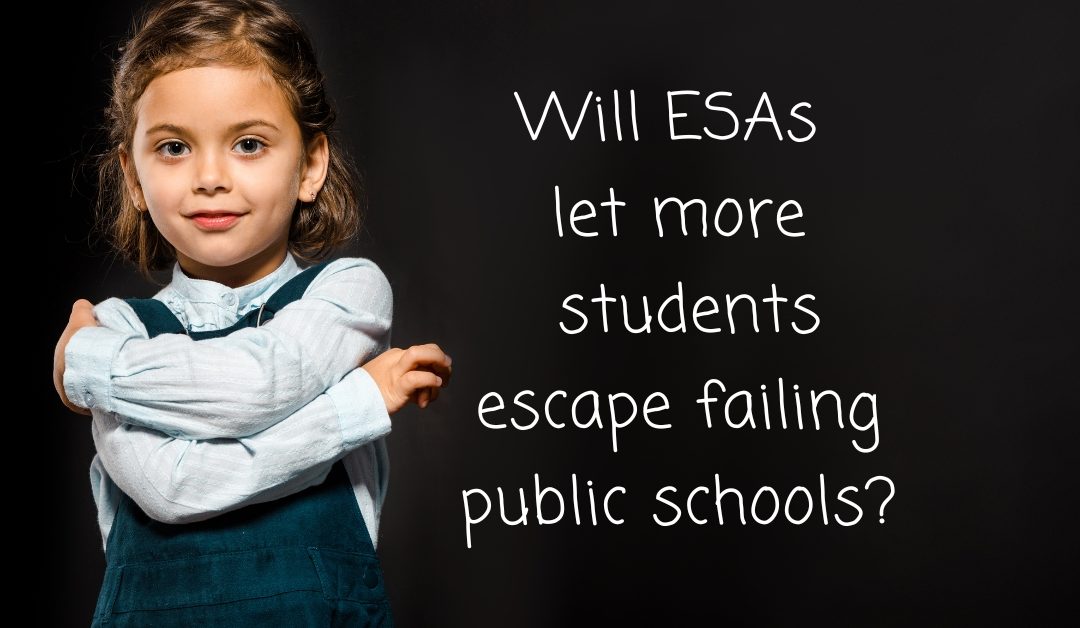Those who oppose ESA legislation have been unfairly characterized as not caring about low-income students who are trapped in failing public schools. This simply is not true. One can care deeply about these students while being firmly opposed to ESA legislation.
In fact, since ESAs became available in Arizona in 2015 a body of research has been collected. Statistically, a low-income or middle-class family who was unable to afford home or private school before the passage of ESA legislation is still unable to afford them after ESA passage. Wealthy families who were already able to afford private school tuition were essentially given a state-funded discount on tuition. Wealthy families benefited the most from Arizona’s ESA program. Arizona’s House Minority Leader had this to say about Arizona’s ESA program: “Two years after state lawmakers granted children from poor-performing schools the right to attend private schools at taxpayer expense, most children using the program are leaving high-performing public schools in wealthy districts. It essentially gives the wealthy a discount at a private school.”
For research and data, we can also look to Indiana. While Indiana’s voucher program started modestly, targeting low-income families, the program has expanded, now serving families with household incomes of as high as 300% of the federal poverty level.
While the number of students enrolled in private schools using Indiana’s voucher system went up, the number of students enrolled not using the state’s voucher system decreased. This suggests that most vouchers went to students already enrolled in private schools. Data also reveals that a vast majority of the Indiana students using vouchers were in metropolitan areas, not rural areas, and were mostly white, not minority students.
Of the 44,376 students enrolled in private schools and using vouchers, only 421 of those students had moved from a failing public school. Further studies on vouchers in Indiana show a lack of ability to help low-income students and a lack of academic performance amongst voucher students. This puts a gaping hole in the argument that vouchers “save” children from terrible schools.
Because ESA legislation seeks to unite all forms of education into one system, there is no appreciable difference between forms. It truly represents an education monopoly where one size must fit all. Rather than lifting students from failing schools, they seek to collectivize all, which results in lowering students from successful education models to the mediocre middle ground. Freedom and success are not gained by trapping more students in the system. In fact, ESAs create a greater number of cell mates.
